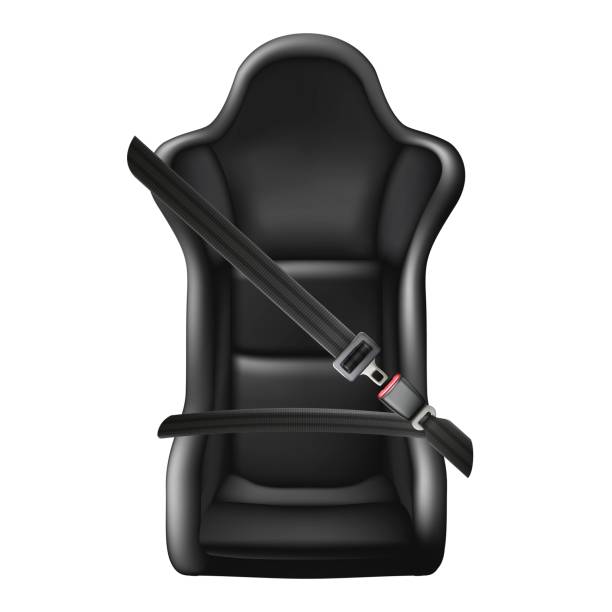
The Importance of Seat Belts: A Guide to Road Safety and Protection
The Importance of Seat Belts: A Guide to Road Safety and Protection
The seat belt , a vital element of road safety, is an essential device within any vehicle. This article will explore in detail its function, history, and the various types available on the market.
Function
The seat belt is a crucial protection device for vehicle occupants. It restrains the body during a sudden change in speed, reducing the risk of serious injury. This device is essential to avoid impacts against the internal structures of the vehicle and to prevent the ejection of the occupants.
History
The origins of the seat belt date back to the mid-19th century, when the English aviator George Cayley conceived the first prototypes for air vehicles. However, it was not until 1885 that New Yorker Edward J. Claghorn obtained the first patent for seat belts used in the automotive industry. Since then, their evolution has been constant, with important innovations such as the three-point seat belt, patented by the Swede Nils Ivar Bohlin in 1959.
Types of Seat Belts
There are different types of seat belts, each with specific characteristics:
- Two-Point Belt: This type of belt consists of a band that holds the pelvis and has two anchor points. It is commonly used on airplanes for passenger safety.
- Diagonal Belt: This belt, which wraps obliquely across the chest, has two anchor points and is widely used in cars.
- Three-Point Seat Belt: The most common in private cars, this belt combines a lap belt with a diagonal belt, offering high protection for occupants.
- Harness Belt: Used in racing cars and for the transport of people with special needs, this belt consists of a lap belt and two shoulder straps.
- Other Types: There are also four-, five- and six-point seat belts, used in specific contexts such as flying airplanes or carrying children.
Features and Components
Car seat belts are made up of several essential elements:
- Straps: Flexible elements that hold the occupants' bodies.
- Rewinder: Device that allows the strap to be unrolled and locked in the event of rapid extraction.
- Regulator: Accessory that allows the height of the belt to be adjusted.
- Anchors: Attachment points on the vehicle structure.
- Other Components: Other components include the swing ring, the latch plate and the pretensioner, which tightens the seat belt to keep the body in the seat.
Symbolism and Regulations
Seat belts are regulated by specific regulations and are marked with graphic symbols, used to indicate the obligation to use them inside vehicles. In Europe, seat belts are mandatory by law and must be of a type approved according to the regulations established by the Ministry of Transport.
Conclusions
In conclusion, the seat belt is a fundamental protection tool for vehicle occupants. Its correct installation and use are essential to prevent serious or fatal injuries in the event of a road accident. Investing in the quality and maintenance of seat belts is a fundamental step to ensure road safety for all road users.
